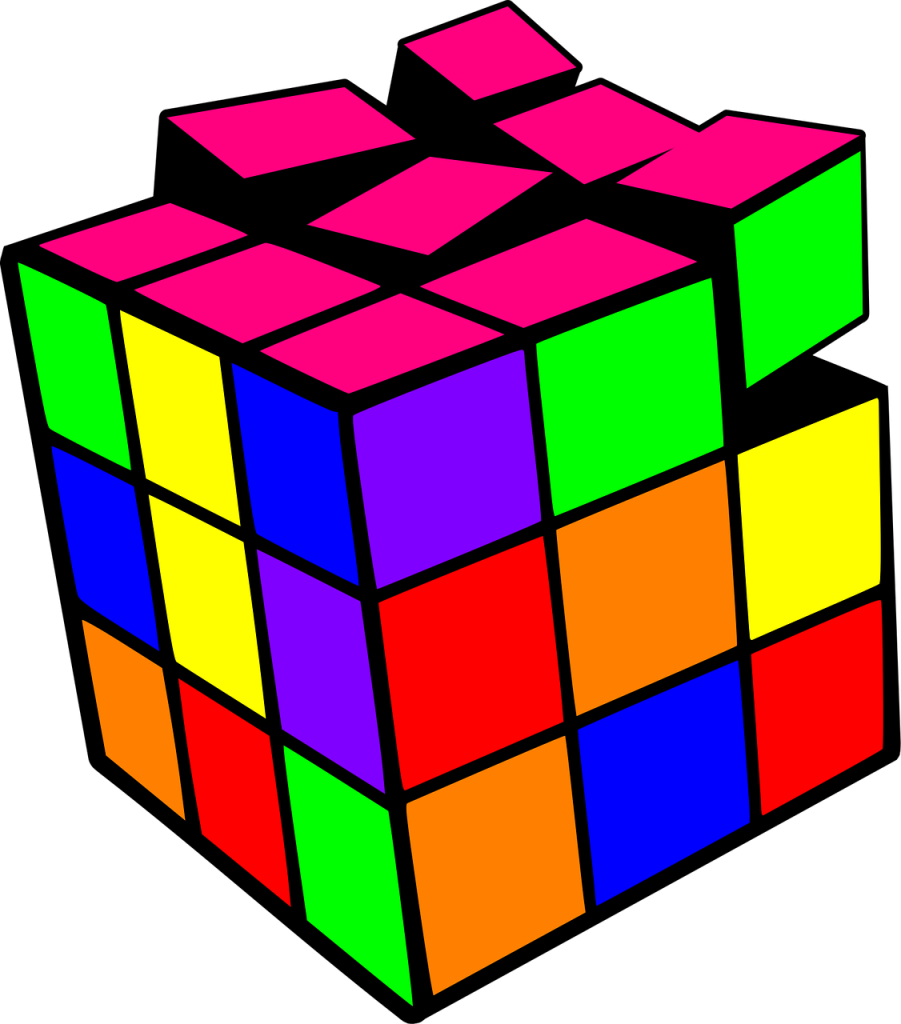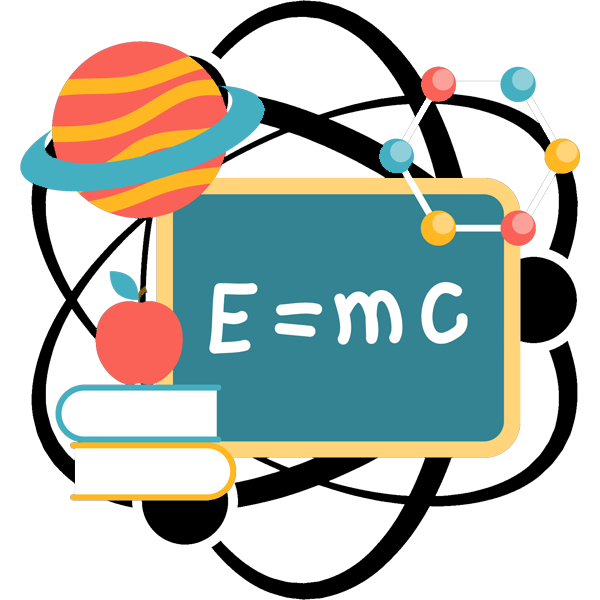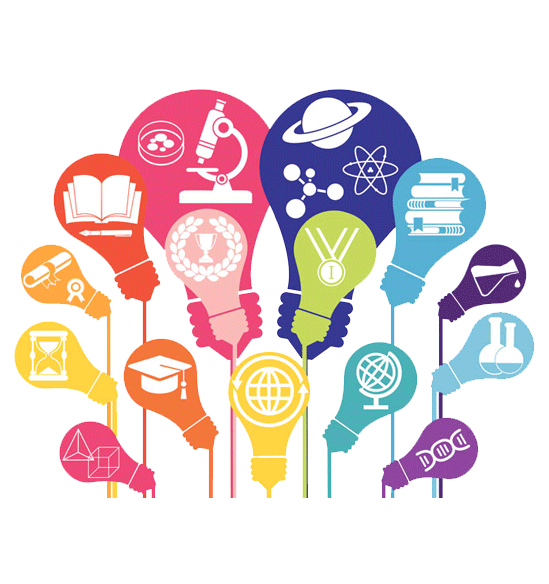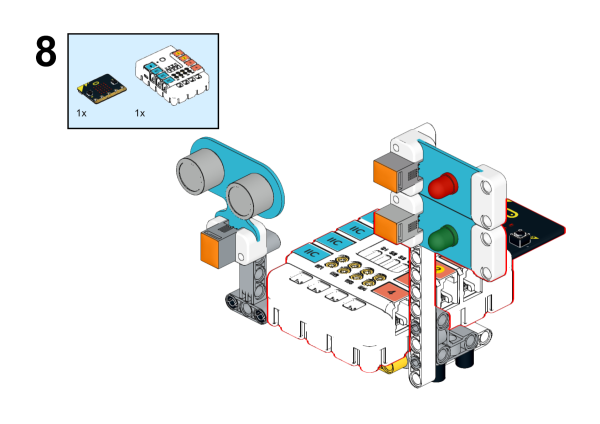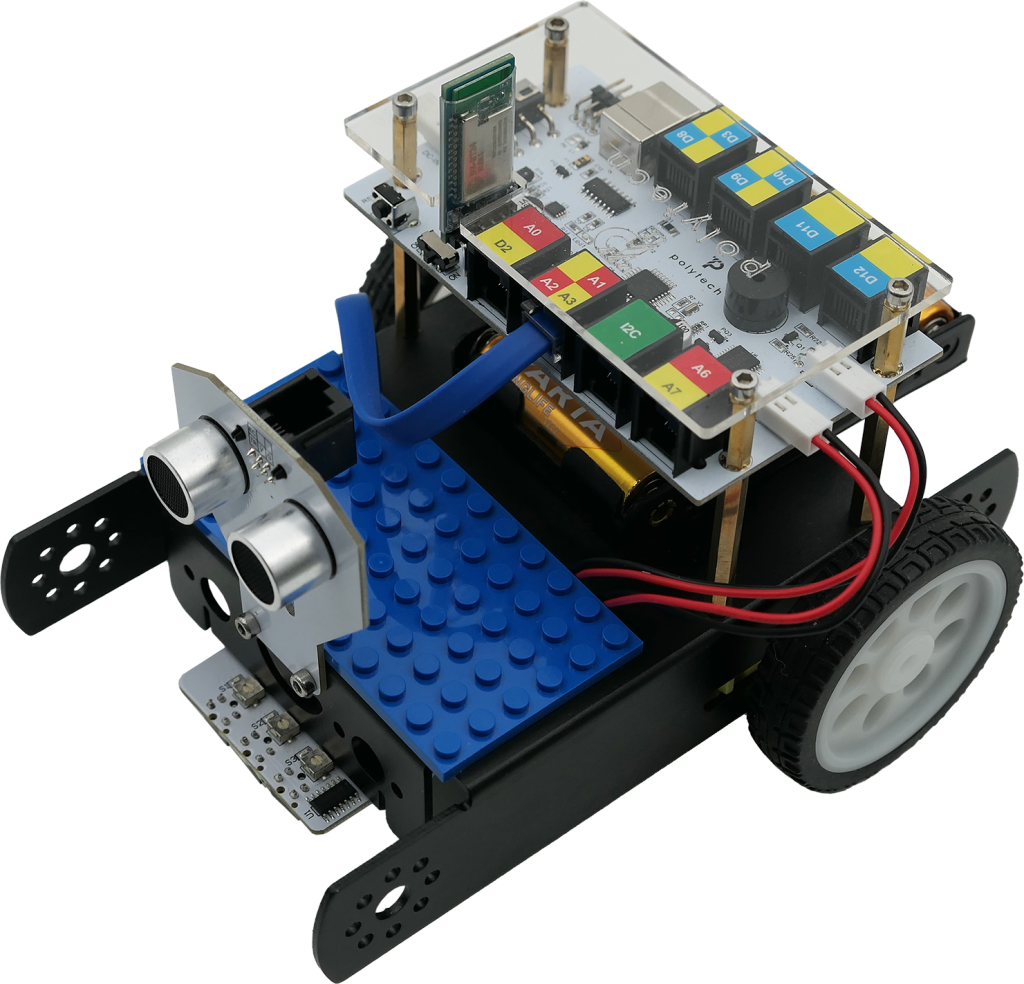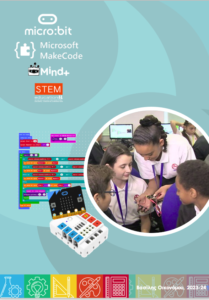…An [R] with a double meaning: [R]eading & w[R]iting. Added value in mapping – capturing a practice in the educational process or an essential addition to a successful approach? Does this addition complete the puzzle with the important missing piece?
Many texts have been written about STEM (Science, Technology, Engineering, Mathematics). The term was first coined in 2001 by biologist Judith A. Ramaley, who as Director of the US National Science Foundation was responsible for developing new curricula. In 2006 (when this ‘movement’ began to grow in the United States), concerns arose that students were not well prepared for the high-tech jobs that would be created in the future.
Just one year later(2007), researcher Georgette Yakman announced the need to include the arts in STEM programmes. Thus, STEM became STE[Art]M. Georgette expanded on how the Arts relate to the subject areas of the STEM approach. In her words: ” science and technology are interpreted through engineering and the arts, all based on elements of mathematics. This is a very good start – a stepping stone for the 21st century labour market.” …
Scientists and teachers are beginning to realise that the skills now required include studying and writing, when, of course, they are combined with thinking and art (in its broadest sense). Recognising, visualising and forming patterns, modelling and acquiring a ‘feel’ for systems, as well as the skills gained from using tools such as pencils and brushes, are proven to be valuable for the development of child learners.
Organisations are also realising that adding the arts to STEM is not enough. We need to add the thinking skills embedded in reading and writing.
Writing (wRiting), in order to be creative, utilizes a wide range of “thinking tools”. To be good writers we need to recognize and create patterns. We use analogies and metaphors to model some reality taking place in another dimension. We translate sensations, emotions and knowledge into clearly communicable forms. We combine all this information which is based on sensations into words that evoke pleasure, remorse, anger, desire or any other human emotion that will turn understanding into action. Writing becomes a creative process. Whether we write a novel or a recitation of events, feelings, impressions, the same skills of developing imagination are required as creative activities in other areas.
The process by which the writer transmutes the world into words is creative enough… Through it he presents his fictional discourse and becomes part of the reader. In this process, the writer is confronted with the written word as well as with his inner and outer world, trying to make sense of both words and ideas. The words are basically about the subtle authorial manipulations to convey descriptions, themes and narratives, while the ideas basically have to be captured in a “form” that is simple yet comprehensible to the general public.
Since words are the primary mode of expression, … anyone who has not mastered their creative use is not adequately prepared for communication in any subject area.
Many scientists, through their own experiences, have concluded that writing and reading are useful in this approach. For example:
- Priya Venkatesan, who teaches Comparative Literature and Biochemistry at Dartmouth College, writes: “While doing molecular biology research I found the parallels between literature and science very striking. In theory, a good handler of writing could have several advantages in the lab, not only for improving scientific reality, but also for better understanding of the scientific phenomenon.”
- The chemist Roald Hoffmann has gone one step further: he has become a professional poet while being a scientist. He notes that “the language of science is a language under stress. Words created to describe things that seem indescribable in words – equations, chemical structures, etc. may not mean anything to someone outside the field, but we have to be able to somehow describe the experience they convey. By having a natural language, the language of science can be inherently poetic. There is the primacy of metaphor in science. Emotions appear as a state of matter and, most interestingly, as a state of the soul.” Poetry helps Hoffmann understand not only what he is doing, but why he is doing it. “Ιf you want to train innovative and successful scientists, there isn’t any doubt that you want to teach them to love and cherish writing”.
There are several who argue that: If we want to educate innovative and successful scientists, there is no doubt that we must teach them to love reading and writing in all its manifestations.
__________________
Turning STEM into STEAM activates science. It goes one step further. Turning STEAM into STREAM will unleash very powerful currents of creativity. We all have so much to learn from each other. Let’s unify our most vital disciplines…which are different for each of us.
Let us identify and synthesize our creative diversity…
Vassilis Economou
Reprinted from https://economu.wordpress.com/stream/


